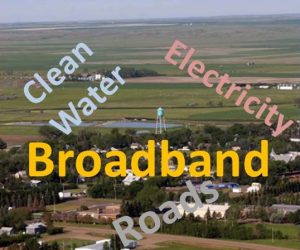Why Broadband Matters

Broadband funding is coming – but when and with what conditions? Can we wait for it?
With more and more funding for broadband – for example, the US’s $100 billion through the American ...

Broadband and Household Income
SNG Research Brief – Broadband Impact on Household Income Household uses of the internet are often seen ...

Telework and Accessing the Workplace
SNG Research Brief – Teleworking Teleworking is not for everyone, nor is it available to everyone in ...

Broadband Importance to Household Location
Is quality broadband important to households? Hopefully, the obvious answer to most people is yes. But ...

Invest in Digital Infrastructure, not Just Broadband Networks
There are still far too many communities without broadband and funding agencies do not have enough money to ...

Options for States and Localities to Address Broadband Gaps
States and localities know that they need to address their unserved and underserved areas, but with little or ...

FEATURE ARTICLE – Taking Control of your Broadband Future
How can communities take control of their broadband future? Many communities continue to struggle with ...

SNG’s Analysis Featured in Broadband Communities Magazine
SNG Examines the Economic Impacts of a Locally Owned Network In advance of SNG’s announcement next month ...

Broadband in a down economy
Across the globe the 2008-09 global downturn had deep impacts. Many households were stretched thin, looking ...
